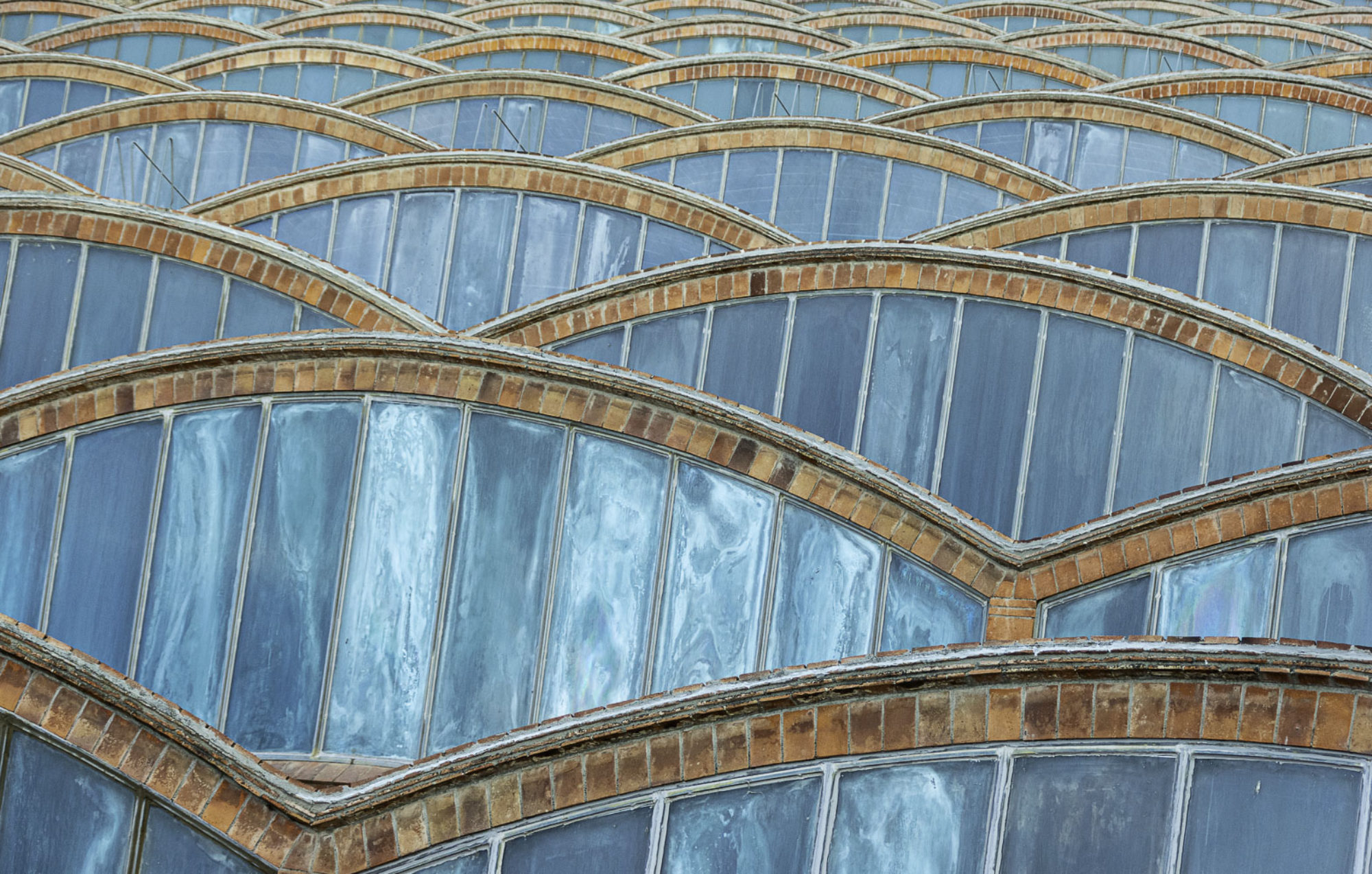Manuel Saorín (Universidad de Murcia)
On an overlooked conjecture
Abstract: The concept of flat object can be defined in any Grothendieck category. In 2007 Juan Cuadra and Daniel Simson conjectured that any locally finitely presented Grothendieck with enough flats has enough projectives. Since by (an extended version of) Gabriel-Popescu’s theorem, any Grothendieck category is equivalent to the quotient $(\mathrm{Mod}-\mathcal{A})/\mathcal{T}$, where is $\mathcal A$ a preadditive category and $\mathcal T$ is a hereditary torsion class of $\mathrm{Mod}-\mathcal{A})$, in order to tackle the conjecture one needs to ask first what are the conditions on $\mathcal T$ for the mentioned quotient to: 1) be locally finitely presented; 2) have enough flats; 3) have enough projectives. In this talk we will identify those conditions in the particular case when $\mathcal T$ is also a torsion free class (i.e. it is a TTF class) in which case, due to a generalization of Jan’s bijection, there is a uniquely determined idempotent ideal $\mathcal I$ of $\mathcal A$ such that consists of the right $\mathcal A$-modules (=additive functors $\mathcal{A}^{op}\to\mathrm{Ab}$) that vanish on $\mathcal I$. It turns out that $(\mathrm{Mod}-\mathcal{A})/\mathcal{T}$ has enough projectives in this case if, and only, if $\mathcal I$ is the trace of a projective right $\mathcal A$-module. From this point of view, as the much more popular telescope conjecture of Ravenel, this restricted version of Cuadra-Simson’s conjecture is a particular case of the general question of when a given idempotent ideal $\mathcal I$ of a (pre)additive category, e.g. of a ring, is the trace of a (special type of) projective $\mathcal A$-module. We will give some partial positive answers to Cuadra-Simson’s conjecture when $\mathcal T$ is a TTF class.
